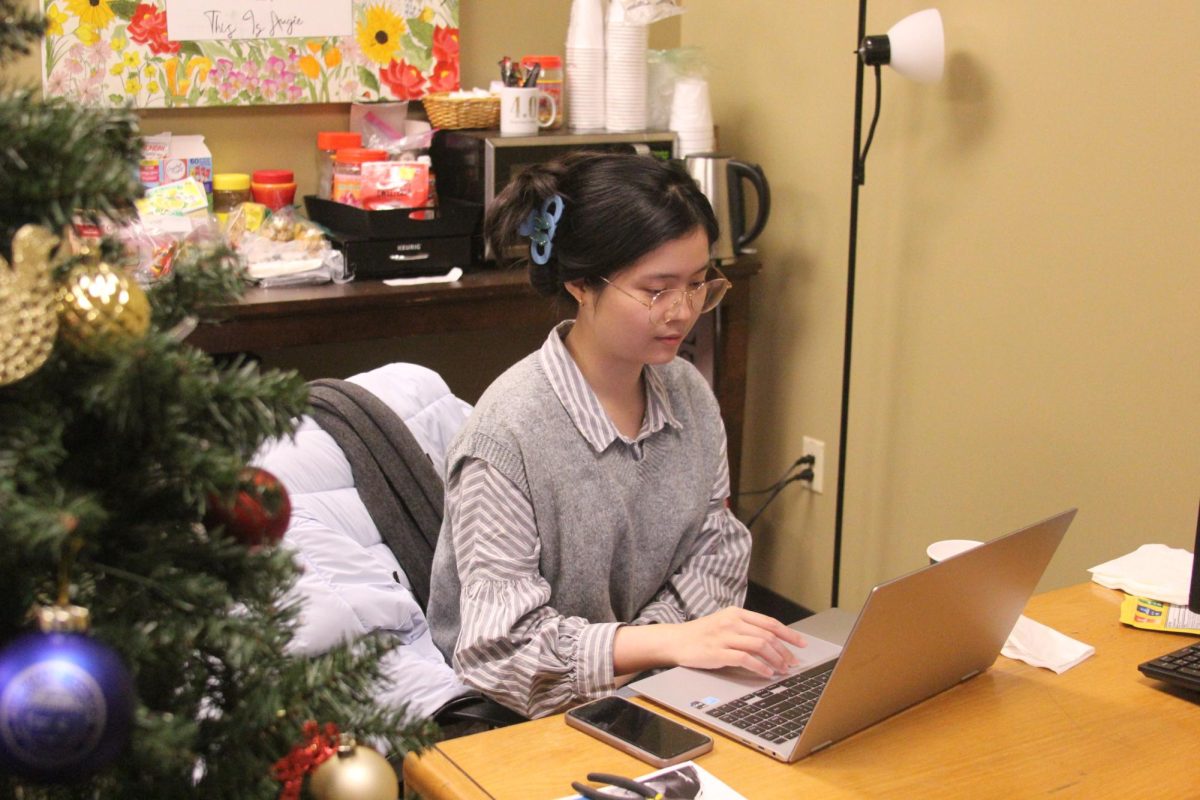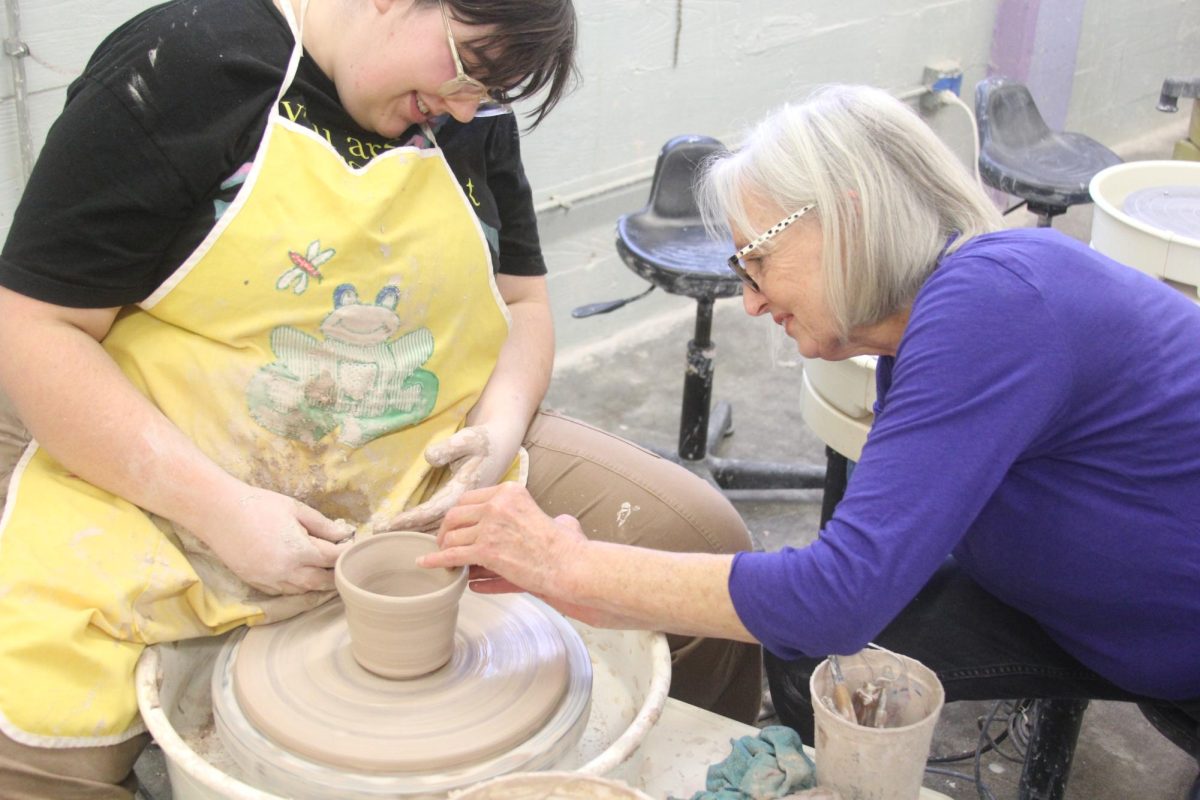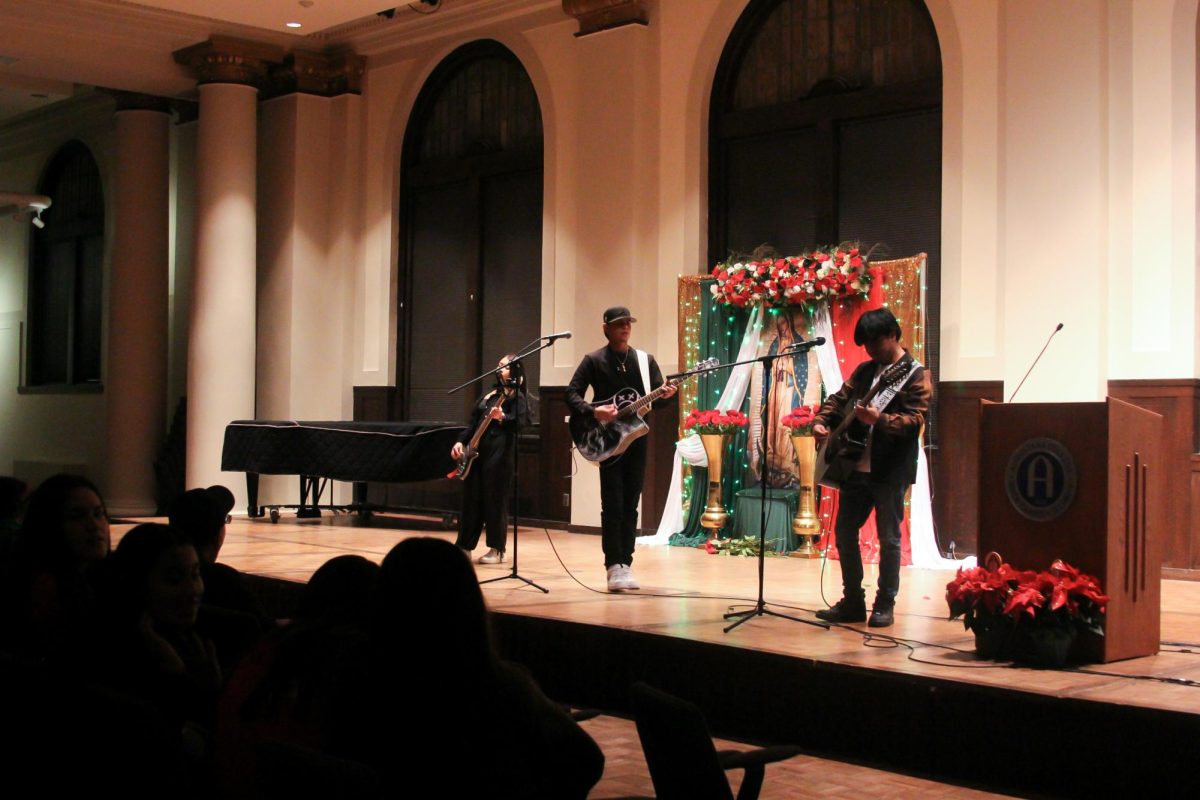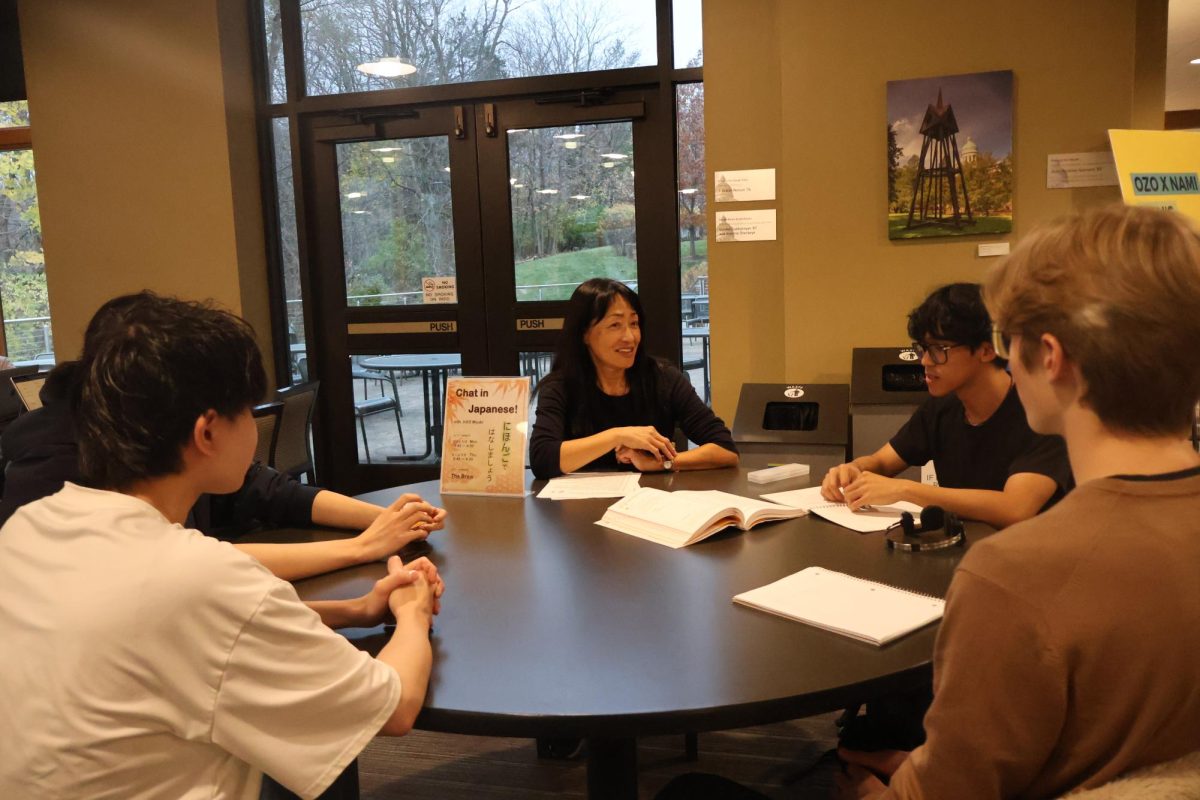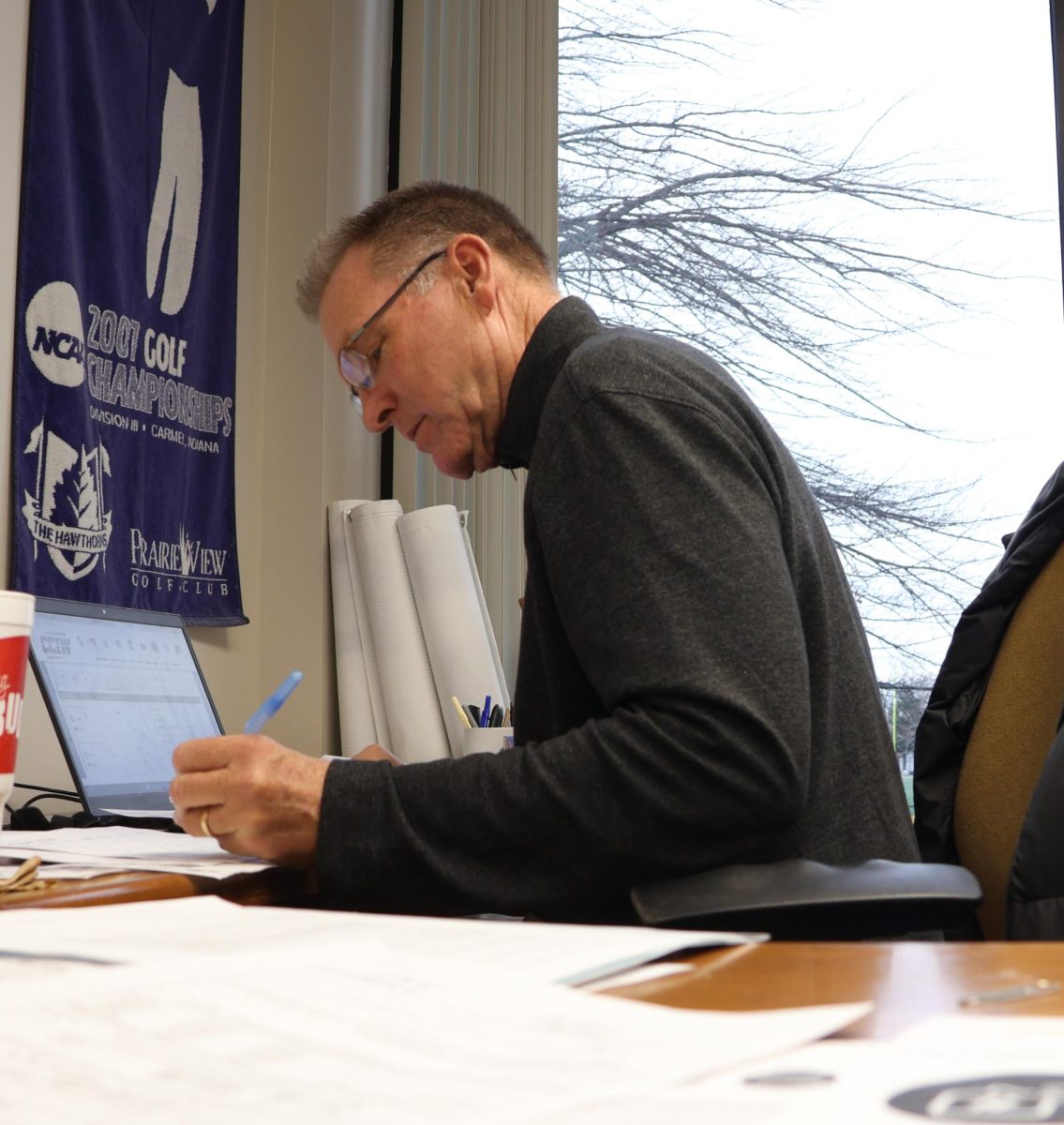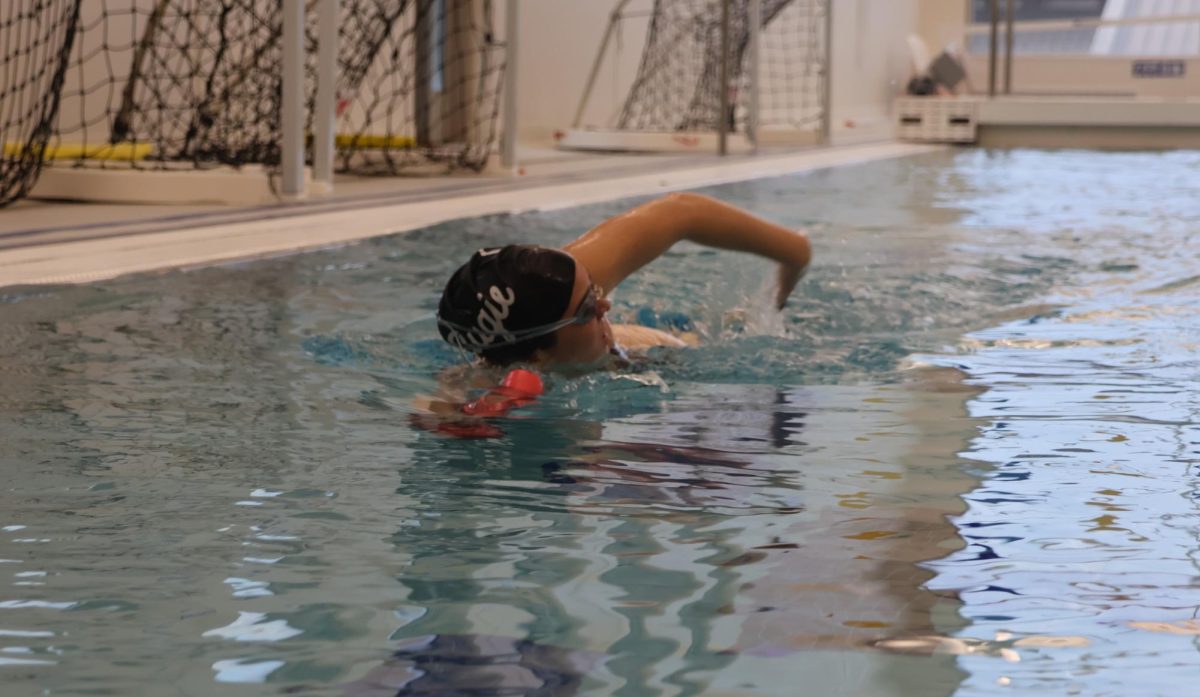According to The National Wildlife Federation, they have been working with 4,100 colleges and universities to improve the life of local animals across the U.S., including Augustana College. This can be seen through the Augustana College Habitat 2010 Case Study. Yet, a recent incident with an injured animal on campus made it clear Augustana failed to educate students about wild species and protect them on campus.
Augustana student Ngan found a baby rabbit injured and lying helplessly on the side of the street. She tended to the rabbit for days, giving it milk and providing a nest made out of blankets. However, Ngan was unable to instantly contact emergency medical services because she discovered the rabbit on a Saturday.
After some dilemma, Ngan decided to use the GroupMe group, “Animal Sightings of Augustana” for help. After being recruited through the GroupMe, sophomore Keegan Russell took the baby rabbit to a rehabber off-campus.
Luckily, the animal’s injury was mild, though its ear was heavily damaged, and it was later theorized a dog dragged it out of its nest. Still, the rehabber said that the rabbit is fairly healthy and would make a full recovery.
It’s important to note that Russell was only able to help the rabbit using resources available off-campus and, while the rabbit was found to be fairly healthy, Ngan was unable to find the educational resources needed to help the rabbit.
For future incidents where animals are injured on-campus, students should be able to easily access these resources, whether they may be a medical professional or even minimal education on how to temporarily care for commonly found campus animals.
Through Ngan’s experience, it is made clear how a lack of dedicated awareness to aid and prevention of the endangerment of wild animals can negatively impact wildlife on our campus. This can be improved by conducting various workshops and events on local wildlife preservation, invasive species management and the importance of biodiversity.
Students should engage in and create projects that monitor wildlife populations, install wildlife-friendly features or participate in habitat restoration.
Another vital factor is setting up a signal or boards to warn students and staff about entering local species’ territory and the importance of biodiversity from being harmed.
Overall, Augustana can do more to help its local wildlife, and even students, through providing the necessary information and education as well as easy access to it. Improvements can prevent situations like this from happening again, which may place animals and students in danger, creating a better, safer environment for all.

